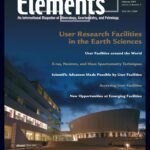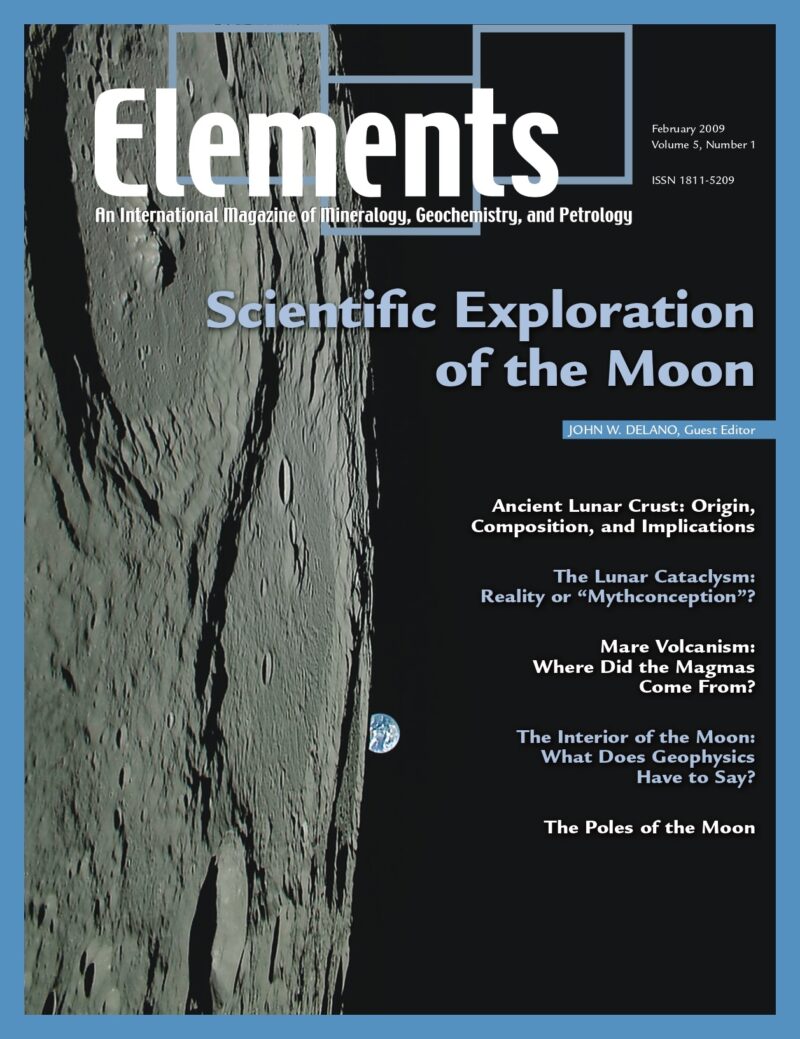
Large Igneous Provinces: Origin And Environmental Consequences, December 2005, Vol. 1, No. 5
June 28, 2024
User Research Facilities In The Earth Sciences, February 2006, Vol. 2, No. 1
June 28, 2024Toxic Metals In The Environment: The Role Of Surfaces, September 2005, Vol. 1, No. 4
$20.00
Metals are prevalent in the environment. They are derived from both natural and anthropogenic sources.
Toxic Metals In The Environment: The Role Of Surfaces
September 2005, Vol. 1, No. 4
Metals are prevalent in the environment. They are derived from both natural and anthropogenic sources. Certain metals are essential for plant growth and for animal and human health. However, at excessive levels they are toxic. Metals undergo an array of processes, including sorption/desorption, precipitation/dissolution, and oxidation/ reduction, with reactive natural surfaces such as clay minerals, metal oxides, humic substances, plant roots, and microbes. These biogeochemical processes control the solubility, mobility, bioavailability, and toxicity of the metals. This issue of Elements explores research frontiers in the areas of metal mobility and reaction mechanisms on natural surfaces. These advances are explored at multiple scales, using state-of-the-art analytical techniques.
Why You’ll Love Elements Magazine:
- Expert Contributors: Articles written by renowned researchers in the field of geoscience.
- Engaging Content: Join a community of readers who are passionate about Elements.
- Exceptional Quality: Each issue is printed on high-quality paper with stunning visuals and detailed illustrations that bring complex scientific concepts to life.
Order your copy of the September 2005 issue of Elements magazine today and learn about the role of surfaces in toxic metals in the environment.
Related products
-
Supervolcanoes, February 2008, Vol. 4, No. 1
$20.00Explosive super-eruptions from large volume, shallow magma systems lead to enormous and devastating pyroclastic flows, the formation of gigantic collapse calderas, and deposition of volcanic ash over continent-sized areas. Recognition that future eruptions from these “supervolcanoes” will undoubtedly have severe impacts on society—and perhaps on life itself—has led to recent public and media interest.
-
Scientific Exploration Of The Moon, February 2009, Vol. 5, No. 1
$20.00Our current understanding of the Moon’s history, interior structure, and chemical composition is based in large part on geochemical data acquired from samples from the U.S.
-
Zircon – Tiny But Timely, February 2007, Vol. 3, No. 1
$20.00Where would Earth science be without zircon? As Earth’s timekeeper, zircon has proven to be a remarkable and versatile mineral, providing insights into deep time and ancient Earth processes. However, there is still much to learn about Earth’s history from zircon and its behaviour.




